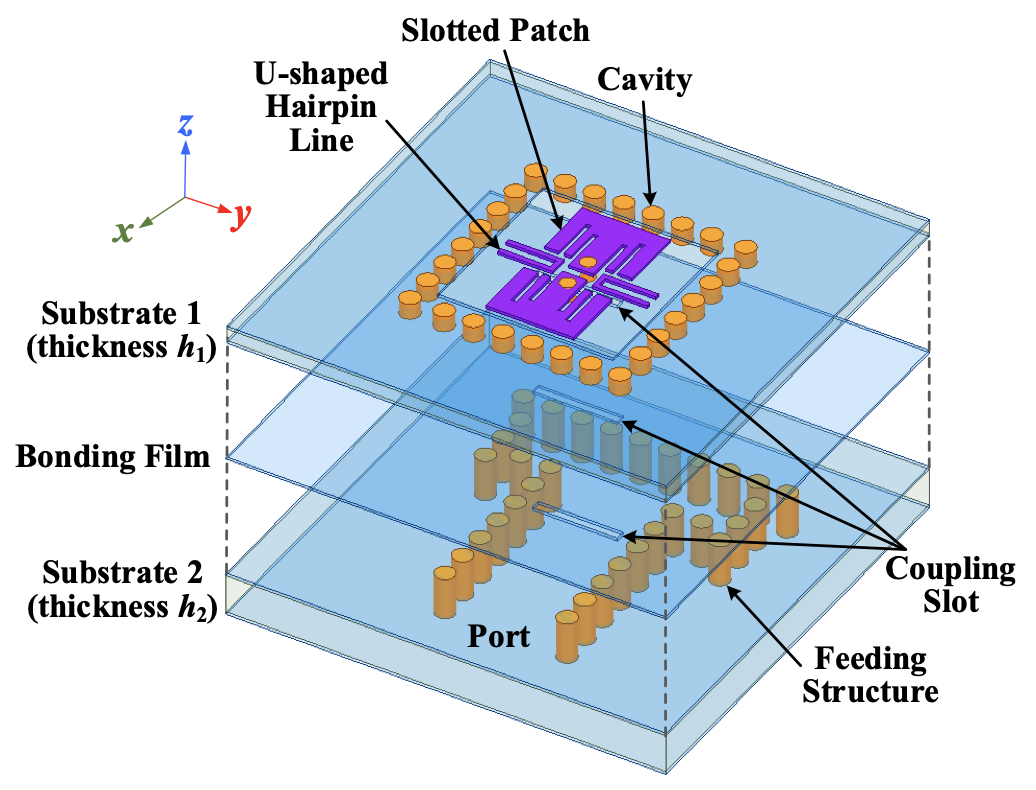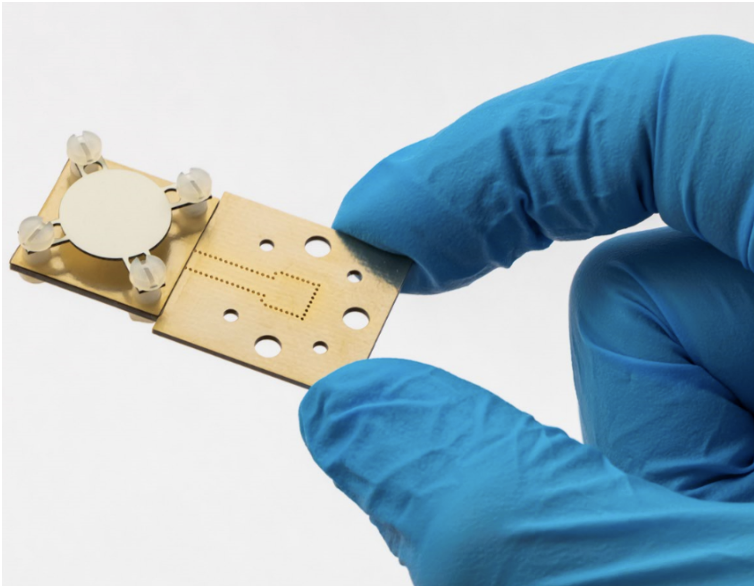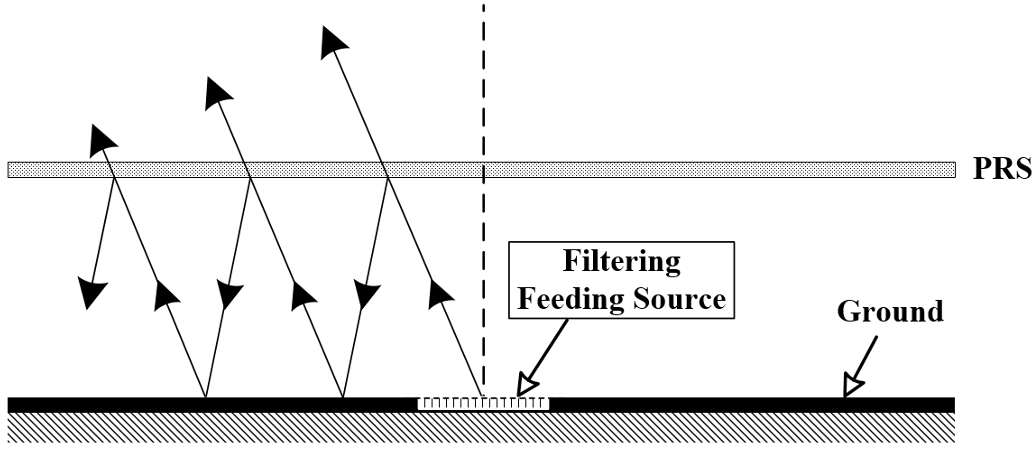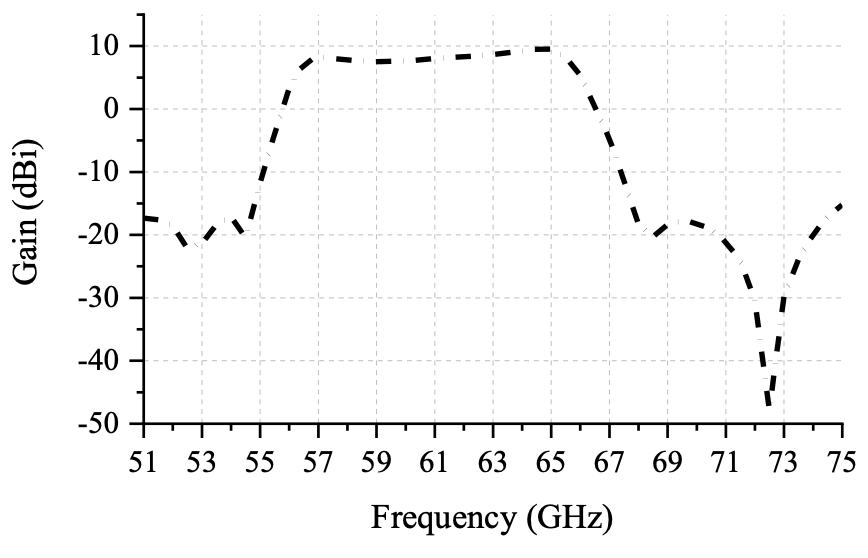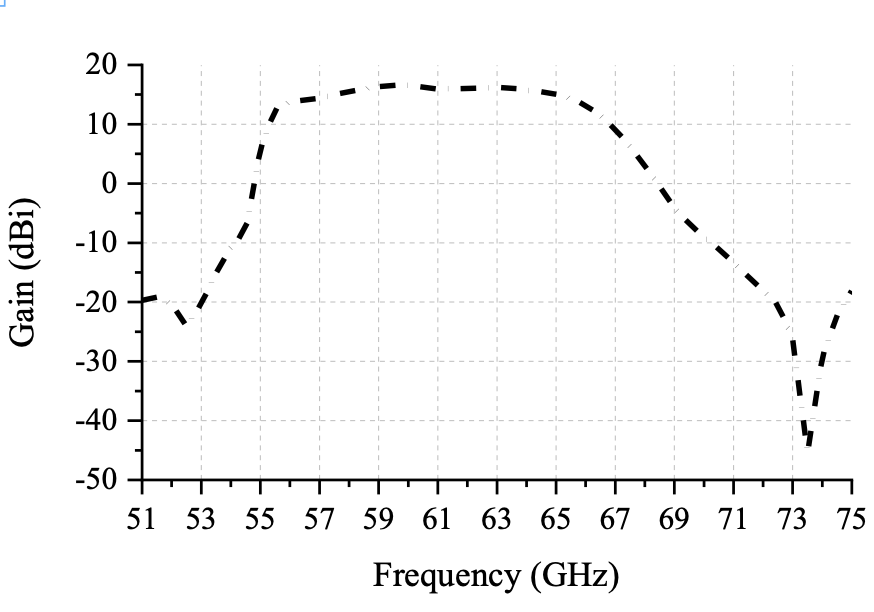
Opportunity
The wireless communication system employs the antenna and filter as two critical radio-frequency (RF) components. The antenna is used for transmitting or receiving radio signals, and the filter can select the desired signals within a specific range of frequencies. However, these two components are always fabricated individually and then connected together, which results in the bulky size of the RF front end and also causes a significant loss of signal power. The multifunctional antennas with both the radiating and filtering functions, also coined filtering antennas, own a higher power efficiency and occupy a smaller space than the traditional filter-antenna complexes.
Meanwhile, the Fabry-Perot cavity (FPC) antenna is a high-gain antenna with a directional, focused, and narrow radio-wave beam and is essential to long-range wireless networks. The FPC antenna enjoys the advantages of simple structure, lightweight, and high directivity. Therefore, the FPC antenna can be found in broad applications, for example, point-to-point communications, radar and sensing systems, and satellite communications. Accordingly, it is fruitful to develop the FPC antenna incorporating filtering function further.
Technology
This invention presents a Fabry-Perot cavity (FPC) antenna with a filtering response. The filtering antenna source has a simple configuration involving two separate substrates as well as one piece of bonding film in between. The first substrate consists of two mirrored slotted radiating patches, a pair of U-shaped hairpin lines, a cavity formed by vias and strips, and a coupling slot. The second substrate contains a specific substrate integrated waveguide (SIW) feeding structure. The bonding film bonds these two substrates together. The antenna working mechanism is that the energy signal goes to the radiating patches through the coupling slots. Because of the unique SIW feeding structure, the U-shaped hairpin lines, and the slots etched in the radiating patches, the transmission of the signal in a specific range of frequencies is significantly suppressed. As a result, the versatile SIW-fed FPC filtering antenna demonstrates an outstanding filtering response and is suitable for operating in millimeter-wave frequencies such as 28-GHz or 60-GHz bands.
Advantages
- Multifunctional antenna with wide operating bandwidth and great filtering response
- Compact structure
- Low cost and efficient fabrication
Applications
- 60-GHz sensing or communication system
- 5G mmWave communication
- Terahertz radar sensing system
- Satellite communication system




